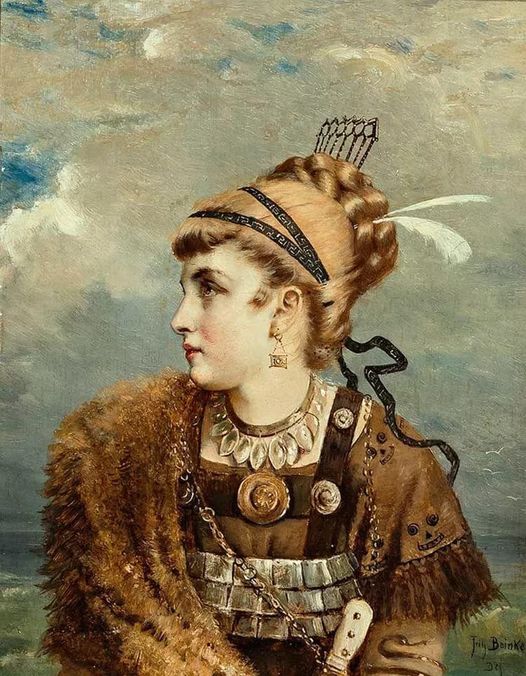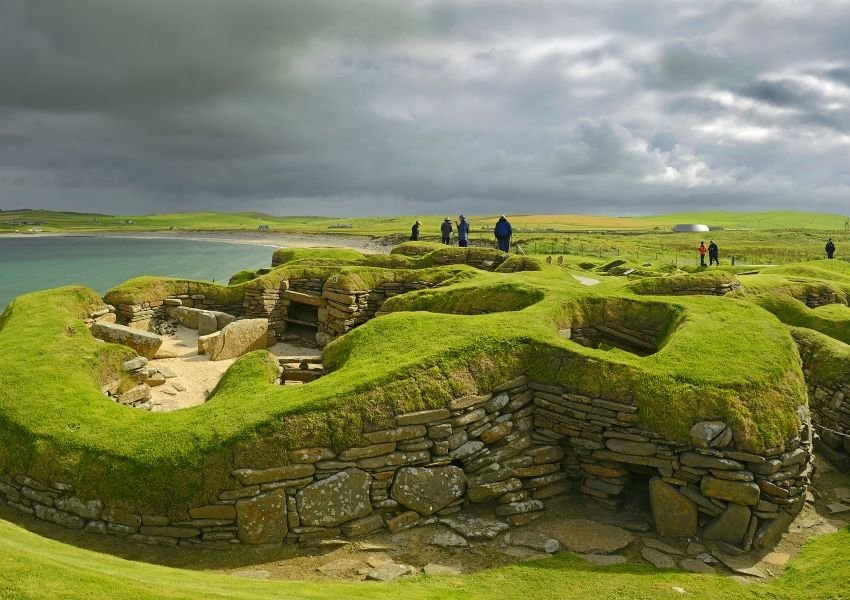
The Kalevala is truly a gem of Finnish culture, folklore and literature which is one I have been fascinated with for years. It is also perhaps the most famous and republished piece of literature to come out of Finland. The Kalevala is a collection of tales from the creation of the world, stories of Finnish gods and goddesses as well as other figures of the folklore of Finland. I wanted to contribute by sharing this utterly amazing Finnish literature with my readers and explore deeper into its importance and tales. I hope you enjoy it as much as I do.
The first edition of the Kalevala came out in 1835. Elias Lönnrot compiled it from folk poetry recorded into notebooks during his collection trips among poetry singers in 1828–1834. At the time of publication of the Kalevala, Finland was an autonomous grand duchy, and before that, until 1809, Finland was part of the Swedish Kingdom. Especially for Finnish intellectuals, the Kalevala became a symbol of the Finnish past, the Finnish language and Finnish culture, a foundation on which they started to build the fragile Finnish identity. It also aroused much interest abroad, and brought a small, unknown people to the awareness of other Europeans.
The effect of the Kalevala on Finnish culture, arts and sciences has been significant. It has left its mark on the fine arts, literature, theater, dance and music. It lives on in popular culture, films, comics, games and commercials. During different periods, the Kalevala has been significant in different ways, and has given birth to different, strong interpretations. SOURCE (Finnish)
“Not so long ago, in the tiny, isolated villages of Finland, where prolonged summer days gave way to endless winter nights, people would pass the time by singing the many adventures of their favorite heroes: the mighty, magical men and women of ancient days.
They sang of old Vainamoinen, greatest of sages and magicians, who helped create the world but never could find a woman to wed him.
They sang of his friend and ally Ilmarinen, first among craftsmen, the blacksmith who forged the dome of the heavens.
They sang of Louhi, the ancient lady of Northland, whose crafty wit and magical powers made her a worthy opponent for Vainamoinen himself.
And they sang of Aila, Louhi’s lovely daughter, who captured the hopes of the two old friends and drew them as rivals to the shores of Northland.
And while these songs could still be heard, there came along a doctor, a scholar, who gathered and wove them together in a book he called the Kalevala. And so he created for Finns a national epic, and for the rest of the world, a work of wonder.
The songs endure, the heroes live. . . .“
– from The Songs of Power: A Northern Tale of magic. Retold by Aaron Shepherd from the Kalevala
Further Resources
Full text of “The Kalevala : the epic poem of Finland”
The Kalevala – The Beginning of Beer in the Finnish Epic Saga




